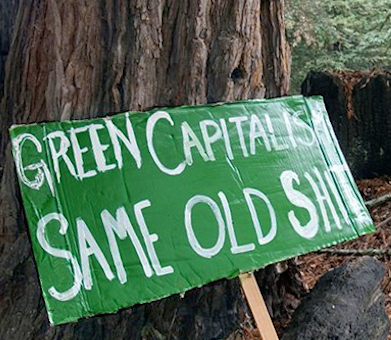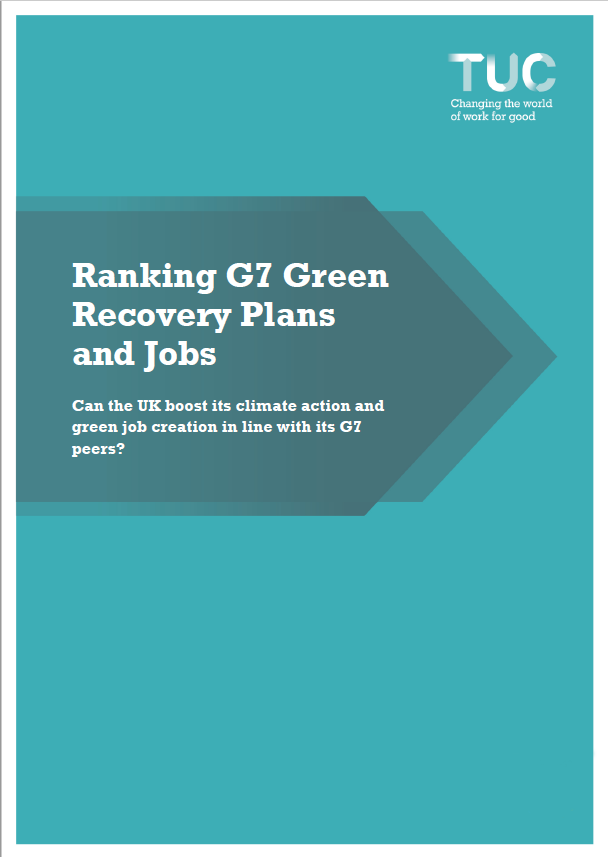You are here
COVID-19
The Fine Print I:
Disclaimer: The views expressed on this site are not the official position of the IWW (or even the IWW’s EUC) unless otherwise indicated and do not necessarily represent the views of anyone but the author’s, nor should it be assumed that any of these authors automatically support the IWW or endorse any of its positions.
Further: the inclusion of a link on our site (other than the link to the main IWW site) does not imply endorsement by or an alliance with the IWW. These sites have been chosen by our members due to their perceived relevance to the IWW EUC and are included here for informational purposes only. If you have any suggestions or comments on any of the links included (or not included) above, please contact us.
The Fine Print II:
Fair Use Notice: The material on this site is provided for educational and informational purposes. It may contain copyrighted material the use of which has not always been specifically authorized by the copyright owner. It is being made available in an effort to advance the understanding of scientific, environmental, economic, social justice and human rights issues etc.
It is believed that this constitutes a 'fair use' of any such copyrighted material as provided for in section 107 of the US Copyright Law. In accordance with Title 17 U.S.C. Section 107, the material on this site is distributed without profit to those who have an interest in using the included information for research and educational purposes. If you wish to use copyrighted material from this site for purposes of your own that go beyond 'fair use', you must obtain permission from the copyright owner. The information on this site does not constitute legal or technical advice.





 Even now, with a ten-year timeframe left for action, it’s rare for the climate crisis to be treated as the emergency it is. So, credit where due to Tom Rand. In his
Even now, with a ten-year timeframe left for action, it’s rare for the climate crisis to be treated as the emergency it is. So, credit where due to Tom Rand. In his 
 FARMWORKERS ARE THE FOUNDATION of a trillion-dollar industry in the United States yet face a level of occupational risk unrivaled by most workers. Despite their prominence within the nation’s food system, farmworkers are largely invisible to most Americans, as are their sacrifces and challenges. To some degree, the COVID-19 pandemic forced the country to reckon with the inhumane realities of food production; farmworkers were quickly deemed essential. At the same time, farmworkers contracted the coronavirus at high rates due to the lack of enforceable COVID safety standards, crowded and unsafe working and housing conditions, and delayed federal assistance. As our nation begins to reckon with its long history of pervasive and systemic racism, law- and policymakers must confront the fact that the vast majority of farmworkers are foreign born, identify as Hispanic or Latino/a, are not native English speakers, earn low wages, and have long worked under extraordinarily hazardous conditions. A smaller percentage of farmworkers identify as Indigenous with some identifying an Indigenous language as the one in which they are most comfortable speaking while some may speak a language without a consistent written form, which makes reading and writing in any language impossible. Over half of farmworkers are either undocumented or migrant workers thereby limiting their labor rights,10 as well as their willingness to exercise the limited rights they possess to report health and safety violations for fear of retaliation through immigration enforcement. Estimates suggest approximately 524,000 farmworkers are under the age of 18.
FARMWORKERS ARE THE FOUNDATION of a trillion-dollar industry in the United States yet face a level of occupational risk unrivaled by most workers. Despite their prominence within the nation’s food system, farmworkers are largely invisible to most Americans, as are their sacrifces and challenges. To some degree, the COVID-19 pandemic forced the country to reckon with the inhumane realities of food production; farmworkers were quickly deemed essential. At the same time, farmworkers contracted the coronavirus at high rates due to the lack of enforceable COVID safety standards, crowded and unsafe working and housing conditions, and delayed federal assistance. As our nation begins to reckon with its long history of pervasive and systemic racism, law- and policymakers must confront the fact that the vast majority of farmworkers are foreign born, identify as Hispanic or Latino/a, are not native English speakers, earn low wages, and have long worked under extraordinarily hazardous conditions. A smaller percentage of farmworkers identify as Indigenous with some identifying an Indigenous language as the one in which they are most comfortable speaking while some may speak a language without a consistent written form, which makes reading and writing in any language impossible. Over half of farmworkers are either undocumented or migrant workers thereby limiting their labor rights,10 as well as their willingness to exercise the limited rights they possess to report health and safety violations for fear of retaliation through immigration enforcement. Estimates suggest approximately 524,000 farmworkers are under the age of 18. On March 19, 2020, in the midst of a global pandemic, the federal government declared farmworkers “essential workers.”1 From California to New York, the same communities called upon to keep Americans fed during an unprecedented period of sickness and uncertainty also suffered some of the most horrific Covid-19 infection and fatality rates. While individuals across the country grappled with the devastating impacts of the Covid-19 pandemic, farmworkers throughout the United States (US) were among those the US government called upon to risk their health and the health of their communities in order to keep groceries on the shelves for millions of Americans.
On March 19, 2020, in the midst of a global pandemic, the federal government declared farmworkers “essential workers.”1 From California to New York, the same communities called upon to keep Americans fed during an unprecedented period of sickness and uncertainty also suffered some of the most horrific Covid-19 infection and fatality rates. While individuals across the country grappled with the devastating impacts of the Covid-19 pandemic, farmworkers throughout the United States (US) were among those the US government called upon to risk their health and the health of their communities in order to keep groceries on the shelves for millions of Americans. This report ranks G7 countries’ green recovery and job creation plans. It shows how the UK is lagging behind its G7 peers, and the potential to do much more to expand green jobs and accelerate climate action.
This report ranks G7 countries’ green recovery and job creation plans. It shows how the UK is lagging behind its G7 peers, and the potential to do much more to expand green jobs and accelerate climate action.